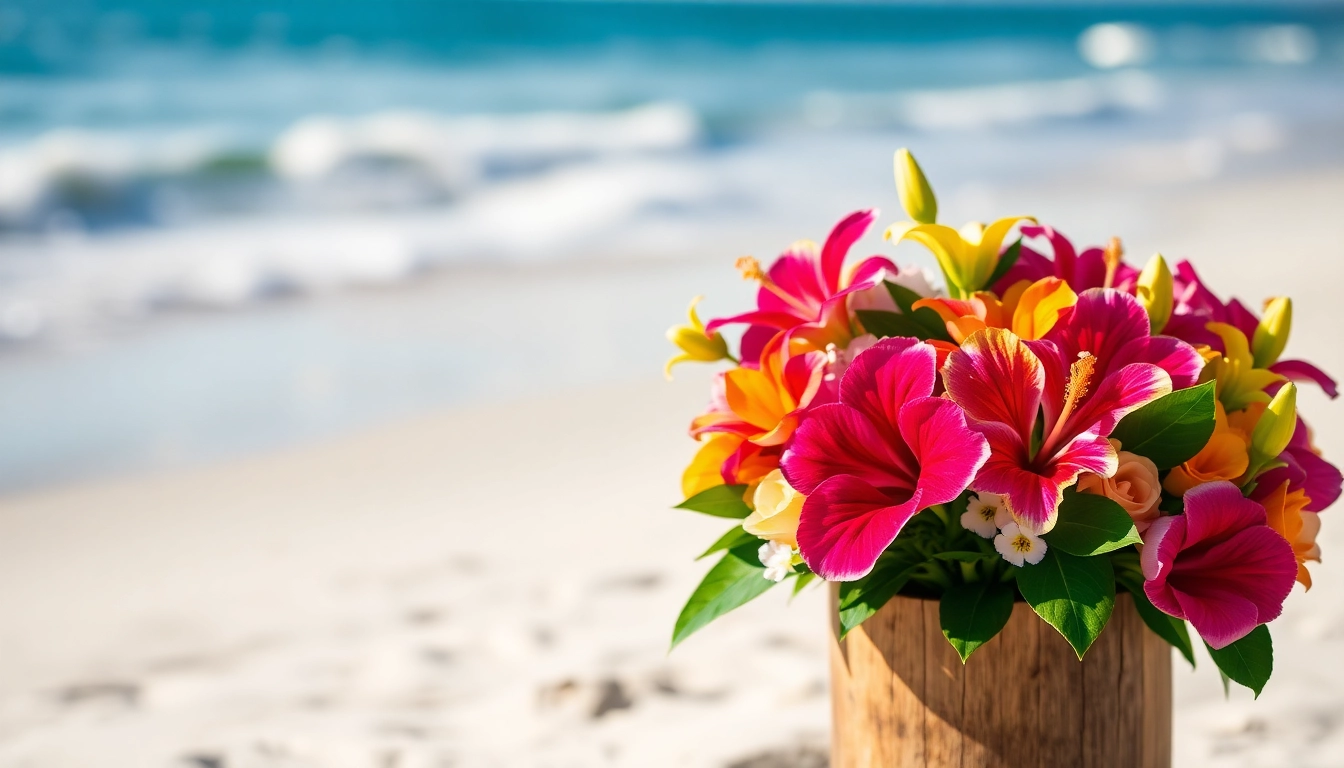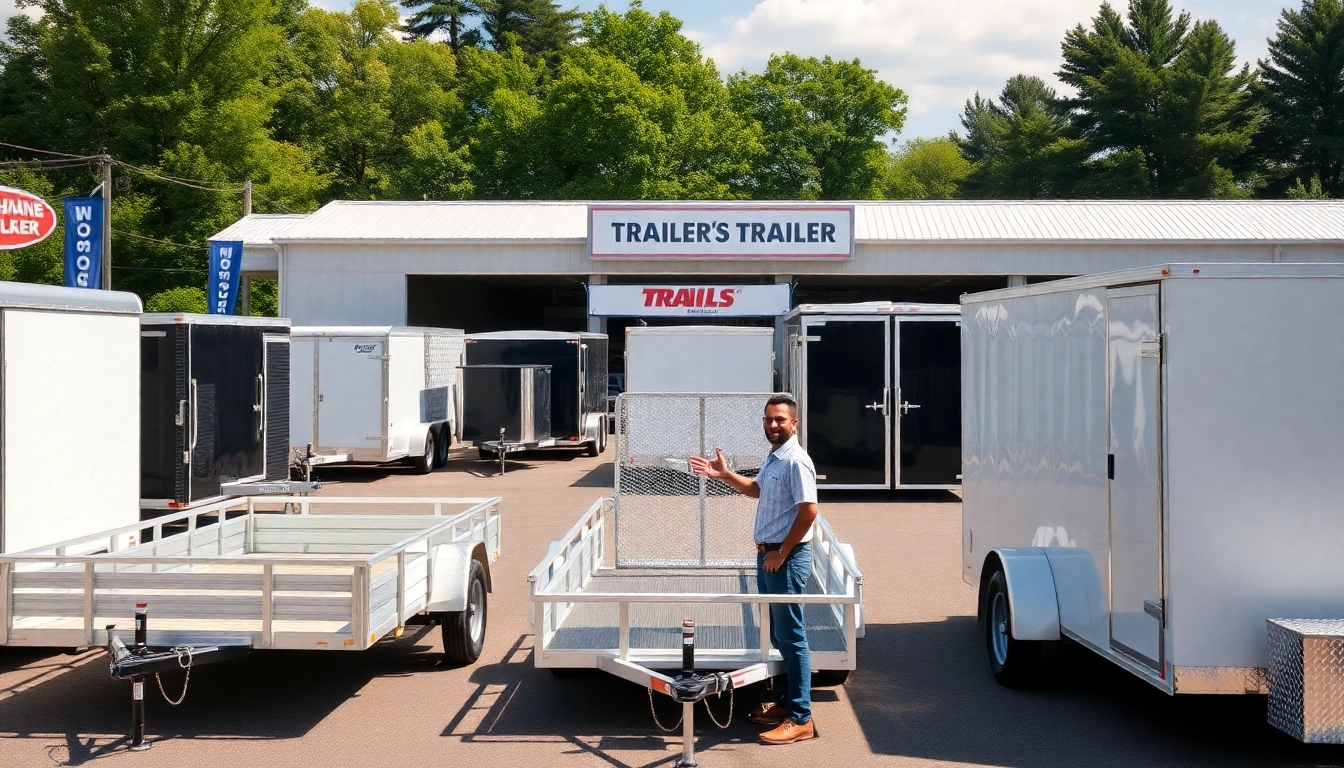Understanding Cooler Basics: What is the Best Cooler Compared to Yeti?
When it comes to outdoor activities like camping, fishing, or tailgating, a cooler is an essential piece of equipment. Yeti has established itself as a leading brand known for its high-quality coolers that promise durability and exceptional insulation. Yet, many consumers are often left wondering what is the best cooler compared to Yeti that won’t break the bank. Understanding the basics of coolers, types of options available, key features to consider, and price comparisons can help outdoor enthusiasts make an informed decision.
1. Types of Coolers
Coolers can be categorized into several types based on their design and intended use. Here, we’ll explore the most common types:
- Hard-Sided Coolers: These coolers are typically made from durable plastic or rotomolded material, making them ideal for rugged outdoor use. They offer excellent insulation and are suitable for long trips away from refrigeration.
- Soft-Sided Coolers: Lightweight and portable, soft-sided coolers are made from fabric materials that are often insulated. While they typically have less insulation than hard coolers, they are easier to carry and can be more affordable.
- Electric Coolers: Also known as portable refrigerators, these coolers require a power source to keep items cold. They are ideal for long road trips where access to electricity is available.
- Backpack Coolers: Perfect for hiking and day trips, these coolers are designed to be carried on your back, combining functionality with convenience.
2. Key Features to Consider
When selecting a cooler, several key features should be taken into account:
- Insulation: The effectiveness of a cooler is primarily determined by its insulation material. High-quality foam insulation provides superior cooling performance.
- Durability: Look for robust materials that can withstand rough handling—especially if you camp or travel in rough terrains.
- Size and Capacity: Ensure the cooler has enough space for your needs, balancing your requirements with portability.
- Drainage Features: Built-in drainage systems make it easier to empty water after using the cooler, enhancing convenience.
- Handles and Portability: Consider a cooler with comfortable handles or wheels for easy transport, especially for larger models.
3. Price Range Comparisons
Yeti coolers can be more expensive compared to many alternatives. A standard Yeti cooler may range from $200 to over $400. However, numerous brands offer competitive options without the same price tag. Understanding your budget and evaluating the features you need allows you to find a cooler that meets your requirements without overspending. Expect to pay anywhere from $50 to $300 for quality alternatives that often perform on par with Yeti.
Analyzing Alternatives: Best Coolers on the Market
There are numerous brands that offer excellent cooler alternatives to Yeti, each with its own strengths suited to different types of outdoor activities. Here, we analyze some of the best coolers available on the market.
1. Trusted Brands Compared to Yeti
Many brands have established themselves as reputable contenders in the cooler market. Here are a few worth mentioning:
- RTIC Coolers: Known for their high-quality construction and affordability, RTIC offers a range of sizes to fit different needs. Their coolers provide similar insulation quality to Yeti but are generally priced lower.
- Igloo: With decades of experience, Igloo offers a variety of hard and soft coolers. Their Cool Fusion series aligns well with Yeti’s durability while being budget-friendly.
- Pelican: As a premium brand, Pelican Coolers are built for extreme conditions. Though slightly on the pricier side, the investment pays off with longevity and performance.
- Engel: Engel coolers are renowned for their excellent insulation and rugged construction, making them suitable for serious outdoor enthusiasts.
2. Budget-Friendly Options for Everyone
If you’re on a budget but still want a reliable cooler, several options stand out:
- Coleman Xtreme: A classic brand for budget-conscious campers, the Coleman Xtreme offers impressive cooling capabilities at a fraction of the cost of Yeti.
- Grizzly Coolers: Known for their durability, Grizzly coolers compete with Yeti’s performance at a slightly lower price, making them a great alternative for those who need a reliable option for outdoor adventures.
- Arctic Zone: With innovative design features, Arctic Zone coolers provide superior insulation and are especially popular for picnics and beach outings.
3. Performance Reviews: How Alternatives Stack Up
Performance is often the most crucial criteria when comparing coolers. Let’s take a closer look at how alternatives stack up against Yeti:
- Ice Retention: Many budget-friendly coolers now match Yeti in ice retention times, with several brands claiming retention periods of up to 5 days.
- Durability Tests: Coolers like RTIC and Pelican consistently pass the drop and impact tests that often benchmark a cooler’s ruggedness.
- User Satisfaction: Customer feedback often highlights value for performance, with many budget alternatives performing equivalently in real-world settings.
Factors That Affect Cooling Performance
Understanding the factors that impact cooling performance is key to selecting the right cooler for your needs. Here are some important considerations:
1. Insulation Materials Explained
Effective insulation dramatically influences how long a cooler can maintain temperature. Most high-quality coolers use foam insulation, which may vary in density and thickness. Rotomolded coolers usually feature thicker insulation and tighter seals, enhancing overall performance.
2. The Importance of Sealing and Durability
Sealing mechanisms are vital to a cooler’s efficiency. Look for models that provide secure latches and gaskets to minimize air exchange. Additionally, a cooler that withstands rough handling needs to be constructed from robust materials, ensuring it lasts through numerous outdoor adventures.
3. Common Misconceptions About Coolers
Many misconceptions about coolers can lead to poor purchasing decisions. One common myth is that price directly correlates with performance. While premium brands like Yeti do offer excellent quality, many affordable alternatives also provide impressive performance. Additionally, not all hard-sided models outperform soft-sided coolers; a well-designed soft-sided cooler can excel in portability and convenience.
Real-Life Comparisons: User Experiences and Feedback
User testimonials provide invaluable insights when evaluating cooler performance in real-world scenarios. Here, we explore feedback from outdoor enthusiasts and customers.
1. Outdoor Enthusiasts’ Testimonials
Feedback from avid campers and outdoor enthusiasts largely points to satisfaction from alternatives like RTIC and Igloo. Many reports highlight similar ice retention capabilities as Yeti, especially when pre-chilling and filling coolers appropriately. Users often note the ease of transport and set-up that many budget-friendly options offer, making those models preferred choices for short trips.
2. The Long-Term Value of Your Investment
Consumers often consider long-term durability and value for money. Many users report years of reliable service from budget alternatives, deciding not to invest in a premium cooler. Reviews frequently emphasize that smart usage, such as proper insulation techniques, can elevate performance regardless of the brand.
3. Maintenance Tips for Longevity
Maintenance can extend the life of any cooler. Here are some actionable tips:
- Keep the cooler clean and free from food debris to prevent odors and contamination.
- Store coolers in a shaded area when not in use to avoid prolonged sun exposure.
- Perform routine checks on hinges, latches, and seals to ensure they are functioning optimally.
Buying Guide and Recommendations: Your Next Steps
Choosing the best cooler requires careful consideration of several factors. The following steps can guide your decision-making process.
1. Setting Your Cooler Budget
Before shopping for a cooler, establish a budget that considers your anticipated usage frequency and potential needs. Determine whether you’ll require a basic model for occasional outings or a durable cooler for intensive adventures, tailoring your budget accordingly.
2. Where to Buy: Trusted Retailers
Many outdoor equipment retailers and e-commerce platforms provide ratings and reviews that can assist in making informed purchasing decisions. Websites like Amazon, REI, and Campmor not only offer a wide variety of coolers but often feature user feedback to highlight the pros and cons of different models.
3. Final Thoughts on Choosing the Right Cooler
While Yeti continues to dominate the high-end cooler market, numerous viable and affordable alternatives can meet the needs of outdoor enthusiasts across a spectrum of activities. By focusing on essential features, comparing brands, and considering user feedback, you can confidently choose a cooler that promises to enhance your outdoor adventures without overspending.



